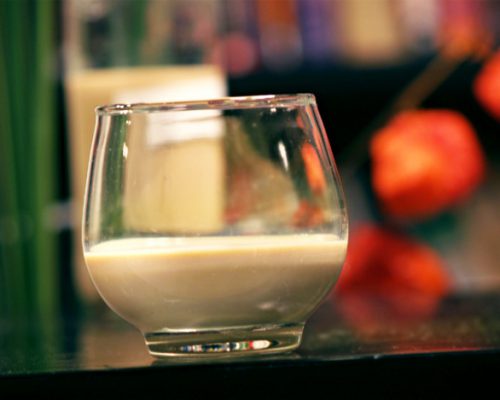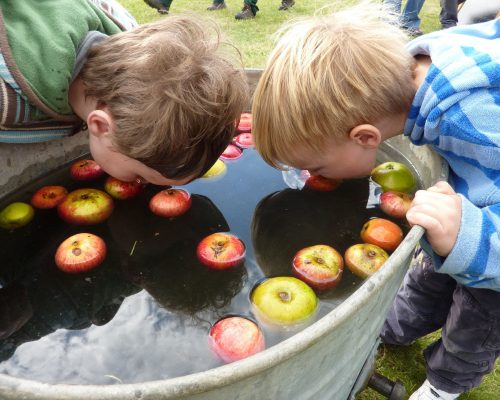So how did the Wren get the title ‘King of the Birds’?
The wren (pronounced “ran”) – how it came to be called ‘the King of Birds’? Well, long ago, there was a big race between all the birds, to see who would fly the highest. And of course the eagle was odds-on favourite to win. And the wren being a little bird, he jumped on the eagle’s back, and of course the eagle never felt him on his back.
The eagle went as high as he could, and he said, ‘I’m king of the birds!’ As the eagle shouted with joy the little wren jumped off his back and flew a little higher screaming , ‘No, you’re not – I’m king of the birds!’
The eagle chased the little wren and into the furze bushes wren flew with the hope of hiding from his biggest foe. But the bird also has a name for treachery, for betraying your whereabouts to your enemies. Legend has that it was a wren which alerted the Jews to where St Stephen was hiding, leading to his capture and death by stoning. And was it not the case that when Cromwell’s soldiers were asleep and the Irish were about to attack, a flock of wrens rose into the air and wakened the enemy with the sounds of their wing beats? Had the same thing not happened when the Viking invaders arrived eight centuries before?

26th December – St Stephen’s Day – sees a most curious tradition kept alive, linked to that tiny bird the wren. Indeed in some parts of Ireland the day is known as Wren Day. Ceremonies connected with stoning this smallest of birds to death are still re-enacted by groups known as the Wrenboys.
As some soldiers were passing the wren jumped out and the soldiers looked in and found St Stephen in the furze bush. St Stephen put a curse on the wren. ‘You’ll never be able to fly higher than a wall ever again.’ And the wren never does. He can fly so low – probably because he’s small, but that’s the myth and the legend behind it.
The wren, much like poor St. Stephen, was to be hunted down and stoned to death! This treatment of the wren was to be an annual event, accompaniment by strolling musicians going door to door in disguise.
It is believed to go back hundreds of years and is still practiced today. Bands of musicians go from door to door entering private and/or public houses as they’ hunt the wren’ (pronounced ‘ran’) entertaining the gathering in exchange for food, drink and /or coin and announcing themselves with the following song:
https://youtu.be/hX7icoFY0U0
The wren, the wren, the king of all birds,
St. Stephen’s Day was caught in the furze,
Although he was little his honour was great,
Jump up me lads and give him a treat.
Chorus:
Up with the kettle and down with the pan,
And give us a penny to bury the wren.
2. As I was going to Killenaule,
I met a wren upon the wall.
I took me stick and knocked him down,
And brought him in to Carrick Town.
Chorus:
3. Droolin, Droolin, where’s your nest?
Tis in the bush that I love best
In the tree the holly tree,
Where all the boys do follow me.
Chorus:
4. We followed the wren three miles or more,
Three mile or more three miles or more.
We followed the wren three miles or more,
At six o’clock in the morning.
Chorus:
5. I have a little box under me arm,
Under me arm under me arm.
I have a little box under me arm,
A penny or tuppence would do it no harm.
Chorus:






